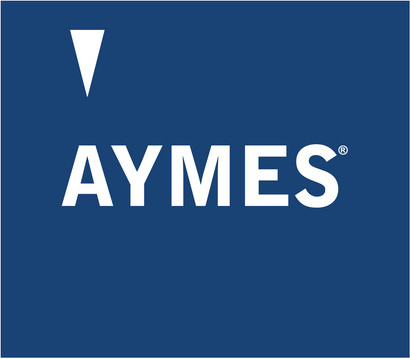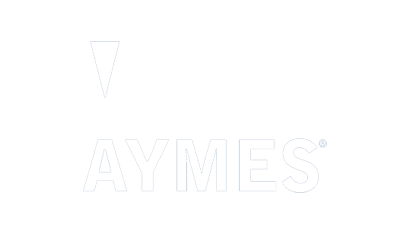The week of 13th – 16th March marks Nutrition and Hydration week, which aims to raise awareness of the importance of nutrition and hydration in the health and social care setting. Ensuring adequate hydration in older adults is important to prevent dehydration. You can read further about symptoms of dehydration and fluid requirements in a previous article here.
Encouraging good hydration for patients in hospitals and care homes is essential, especially as research suggests 45% of patients suffer from dehydration within 48 hours of hospital admission.1
Encouraging good fluid and nutrition intake is everyone’s responsibility and requires a whole hospital approach. There are several different initiatives that have been adopted by different Trusts and care homes which provide some useful ideas which could be explored in your own organisation.
The I-Hydrate Project
This project was carried out in two West London care homes and used quality improvement methods to improve the hydration of their older adult residents. They have produced an extensive toolkit that includes posters, templates, and training materials which can be used in care homes or adapted for hospitals. You can find out more here.
Hydrate toolkit
‘Good Hydration!’ is an award-winning quality improvement project developed in East Berkshire Clinical Commissioning Group by care homes to reduce urinary tract infections (UTIs) through structured drinks rounds. The project was highly effective and reduced UTI hospital admissions by 36% in four pilot care homes (150 residents). They have produced a toolkit of resources such as posters and short films that can be personalised for use in individual care homes.
#DrinkFirst or #ButFirstADrink campaign
The idea behind this initiative is to offer a drink before the start of every contact with a patient. This started on social media using the hashtags ‘#DrinkFirst’ or ‘#ButFirstADrink’. This is a simple initiative that everyone could work towards (e.g., housekeepers, ward hostesses, nurses, healthcare assistants, doctors, allied health professionals,), which could make a difference in preventing dehydration. The Twitter hashtags above include numerous examples of how different care homes and hospitals have used this. The initiative has recently been promoted by the BDA older people specialist group. There are a few resources available such as a YouTube video and Facebook group for further support.
Water jugs traffic light system
In 2019, Doncaster and Bassetlaw Teaching Hospitals NHS Trust introduced colour-coded water jug lids to help identify how much patients have drunk throughout the day. Patients start with a 750mls water jug with a red lid and once this is finished the jug is refilled and the lid is swapped to an amber lid. Once this second jug is finished and the jug is refilled for the third time the lid is changed to green, which indicates the patient has consumed 1500mls of water. A blue lid is given to patients on a fluid restriction. Read more about the scheme here.
The Drip or Drink Hydration Project
This is a project started in County Durham and Darlington which aims to target patient dehydration by prompting colleagues to ask one question about their patients daily: 'Is my patient drinking enough or do we need to consider a drip?'
If they feel the patient is not meeting their fluid needs orally, this is escalated through their EPR system or to the clinical teams. Find out more about this initiative in this podcast "Minimising fluid fasting times for our patients".
Sip Til Send policy
This policy was developed by Dr Checketts a consultant anaesthetist from Ninewells Hospital Dundee, Scotland which aims to reduce fluid fasting times for surgical patients in hospital. This policy allows patients to continue to drink clear fluids preoperatively until they are sent to theatre. This has been adopted in several areas including prior to elective caesareans. There is a podcast and Twitter page (@SipTilSend) associated with this project outlining further information.
GULP Dehydration Risk Screening Too
GULP is a screening tool to assess older adults’ dehydration risk which was developed by Cambridgeshire Community Services NHS Trust. It includes a score from 0 to 7 points for three categories (24h fluid intake, urine colour and clinical risk factors for dehydration). A copy of the tool is available here: GULP Dehydration Risk Screening Tool.
Fluid balance charts
Having accurately completed fluid charts is essential in assessing patients’ fluid intake in hospitals and care homes. There are numerous quality improvement research projects that have been carried out with different approaches to measuring fluid intake.2,3,4,5
Key documents and standards
Delivering nutrition and hydration is highlighted as a priority in several key documents, which can be used as a framework in your organisation. Here is a list of key guidelines outlining the importance of maintaining adequate nutrition and hydration in a healthcare setting:
Nutrition support in adults; Nutrition support in adults: oral nutrition support, enteral tube feeding and parenteral nutrition (2017)
NICE Quality standard 24: Quality standard for nutrition support in adults (2012)
CQC Regulation 14: Meeting nutritional and hydration needs
Essence of care: Benchmarks for Food and Drink (2010)
For more information about the Nutrition and Hydration week, please visit the official website.
Author Bio:
Joanna Injore is a registered Dietitian with over 19 years of experience in the NHS, charity and private sector. She currently works at Macmillan Cancer Support and is the owner of JI Nutrition, a private practice providing specialist support to cancer patients during and after treatment. Joanna also provides consultancy services to brands.
You can connect with Joanna online
Website: www.jinutrition.co.uk
Instagram: ji__nutrition
Email: joanna@jinutrition.co.uk
Profile photo of Joanna Injore:




